Mangueshi Temple Goa
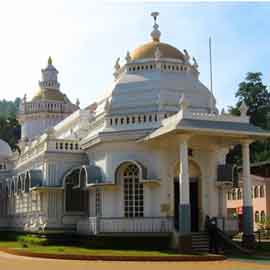 Mangeshi Temple
Mangeshi Temple
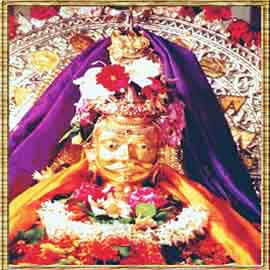 Lord Mangesh (Shiva)
Lord Mangesh (Shiva)
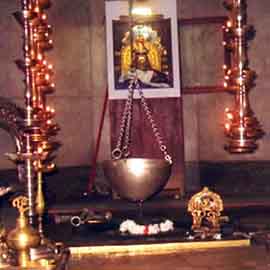 Garba Griha
Garba Griha
Mangueshi is essentially a temple that hosts the kuladaivat (family deity) idols of a section of the Gaud Saraswat Brahmins a.k.a GSBs. Saraswats claim their origins from the Punjab region which was where the mythical Saraswati river (which probably dried up) existed . They were brahmins who incidently consumed fish (so uncommon in other brahmins of the regiion) probably because of their river bank inhabitation.
When the river Saraswati began to dry up they migrated towards greener pastures like Kashmir, UP, Rajasthan. Some
of their branches migrated eastwards viz towards Bengal (which was then known as Gauda). Hence they came to be known
as Gauda Saraswat Brahmins. Later due to Islamic persecution, they again shifted location towards Bihar and eventually
moved southwards, towards Goa. However due to Portuguese persecution, some of the Saraswats again shifted base to
adjoining regions of coastal Karnataka and Maharashtra...
Read More
Shri Mahalaxmi Sausthan, Goa, India.
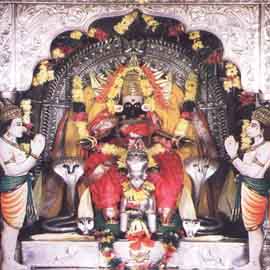 Shri Mahalaxmi
Shri Mahalaxmi
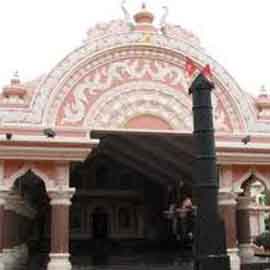 Shri Mahalaxmi Temple
Shri Mahalaxmi Temple
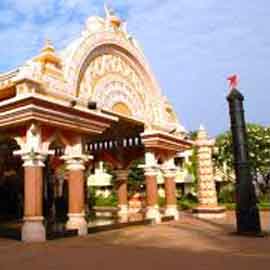 Shri Mahalaxmi Temple
Shri Mahalaxmi Temple
Shri Mahalaxmi Temple is 4 kms from Ponda in the village Bandora. Shri Nagesh Maharoudra Temple is destined approximately 300 meter apart. The presiding deity is Shri Mahalaxmi other deities in the temple are Shri Narayan, Shri Baleshwar, Shri Ravalnath and Shri Narayan Purush. This place was known in the past as "Bandiwad" or "Bandivadem".
Mahalaxmi is the Goddess of power and strength. She is believed to be an incarnation of ‘Adishakti’-the supreme power
and energy. The Shaktas, among the Saraswats, worshipped Adishakti in the form of the linga. Many accept her as Pallavi,
their supporting deity, believing that this Goddess of tremendous strength and power was released when the devas and rakshasas
were churning the ocean for amrita (nectar). This was popularly know as the Amruthmanthan. The Saraswats, at the time of their
arrival in Goa, were worshippers of 'Shiva-Shakti'. While Shiva was represented by the 'Linga', Shakti was a Goddess. Thus Shri
Mahalaxmi was their Goddess. This Goddess has been worshipped by the Shilahara rulers (750-1030 A.D.) and the Kadamba Kings of Goa.
This peaceful or Satvika form of devi has a unique feature, that she wears linga on her head...
Read More
Laxmi Ravalnath Temple, Marcel, India.
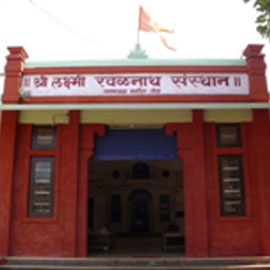 Laxmi Ravalnath Temple
Laxmi Ravalnath Temple
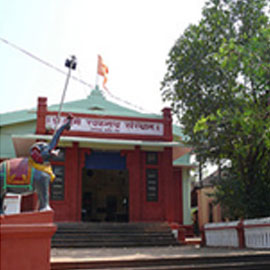 Laxmi Ravalnath Temple
Laxmi Ravalnath Temple
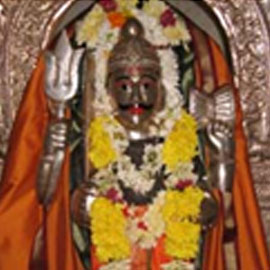 Laxmi Ravalnath Temple
Laxmi Ravalnath Temple
The Laxmi Ravalnath temple also known as Shri Devaki Krishna Ravalnath Temple is situated 17 km at Marcela, Ponda. This temple is also known as Pisso Ravalnath and is known to be the only temple in India where Lord Krishna is worshipped with Devaki as Devakikrishna.
The Shree Shantadurga Kumbharjuenkarn’s palki travels around Cumbarjua for 15 days. The devi
‘resides’ in her former Village for 15 days annually. This Utsav is held at Gudi Padva. Three
Nataks are also staged on the occasion, and at times an orchestra is also invited to perform.
When it goes back to Marcel on the last day a Gulal Utsav is held outside the temple in Marcel....
Read More
Nageshi Temple, Ponda, Goa, India.
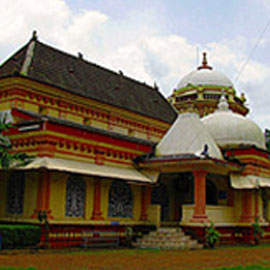 Nageshi Temple
Nageshi Temple
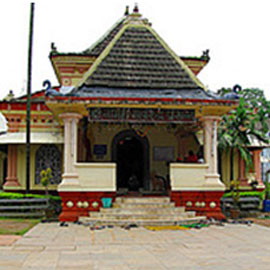 Nageshi Temple
Nageshi Temple
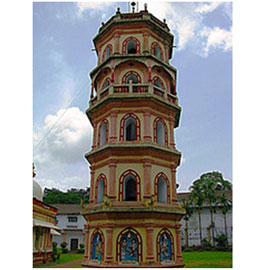 Nageshi Temple
Nageshi Temple
Shri Nagesh Temple is a "Swayambhu" shrine of Lord Shankar known for its miraculous myths.
The history is not available at present, except a reference in the folk songs. The environs known
as Nagzar had in the past a grove of Shami trees. As the legend goes a cow-boy noticed that a cow
from his herd used to visit the place regularly and showered milk. This led to the discovery of
Shivlinga. A distinctive feature of Devasthan is that it was unaffected by the religious
persecution of Portuguese rulers in the 16th Century. This was because at that time Antruj of
Ponda Mahal was not under the domain of the Portuguese power and this facilitated the transits
of Saraswat deities Shri Nagesh, Shantadurga, ....
Read More
Shree Ramnathi Temple, Goa, India.
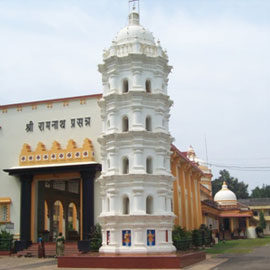 Shree Ramnathi Temple
Shree Ramnathi Temple
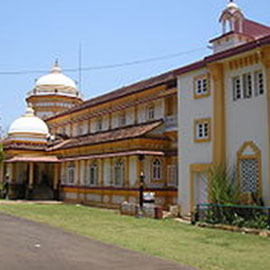 Shree Ramnathi Temple
Shree Ramnathi Temple
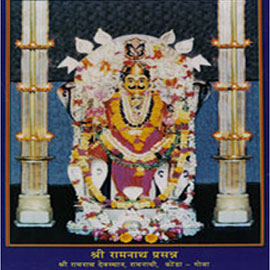 Shree Ramnathi Temple
Shree Ramnathi Temple
Ramnath is a Divine Symbol of the unity of Hari (Vishnu) and Hara (Shiva).
Ramnath is a compound word formed by the unity of two words Rama and Natha. So, Ramnath means the
Lord of Rama. In another way Ramnath also means the one whose Lord is Rama. So, the Lord of Rama
is Shiva and the Lord of Shiva is Rama. Shivshankar drank the poison (Halahal) which came out
during the churning of the ocean. His throat became blue and he started getting burning sensation.
That sensation was soothed by the recital of Rama Nama. So, our Ramnath is a symbol of unity of
Hari and Hara and we should be proud of being Kullavis of such Daivat. ....
Read More
Shri Laxmi Narasimha Temple, Goa, India.
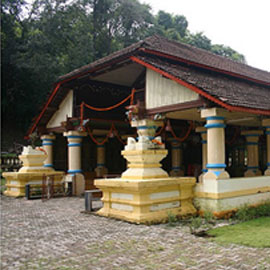 Shri Laxmi Narasimha Temple
Shri Laxmi Narasimha Temple
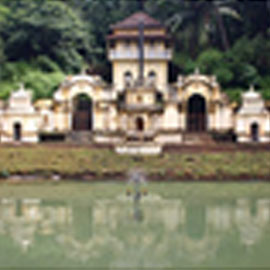 Shri Laxmi Narasimha Temple
Shri Laxmi Narasimha Temple
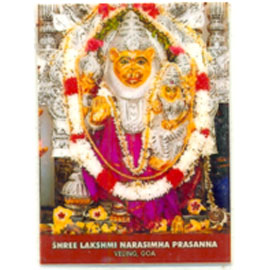 Shri Laxmi Narasimha Temple
Shri Laxmi Narasimha Temple
The picturesque Shri Laxmi Narasimha temple is situated at Velinga which is about 3-km southwest of Mardol in Ponda. It is dedicated to Lord Vishnu and his consort, Goddess Laxmi. It is known to have been built in the 18th century and the deity in this temple is known to have been transferred from Salcete in 1567. ....
The eighteenth century structure is Narayan or the man-lion Narashima which is Vishnu
in his fourth incarnation. The hall of the Shri Laxmi Narasimha temple leading to his shrine
has images of the different avatars of Vishnu.
Read More
Sri Saptakoteshwar Temple, Goa, India.
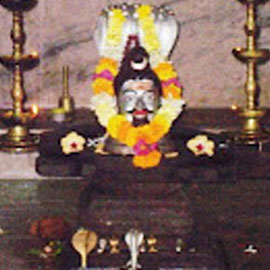 Sri Saptakoteshwar Temple
Sri Saptakoteshwar Temple
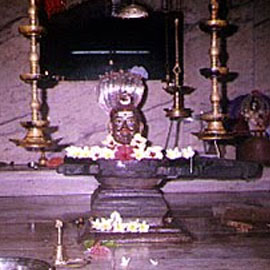 Sri Saptakoteshwar Temple
Sri Saptakoteshwar Temple
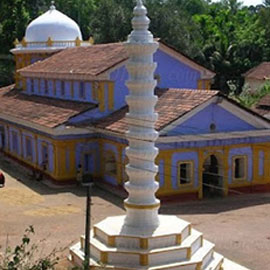 Sri Saptakoteshwar Temple
Sri Saptakoteshwar Temple
The Saptakoteshwar Temple in Goa which was originally situated at Divar is located at Narve in Bicholim which is 37 kms from Panjim. The frequent raids on Goa in the 14th Century mostly by the Sultans of Delhi and the Bahmanis, was one of the main reasons for the destruction of Hindu temples in Goa. These powers had eventually occupied the Konkan in 1532.
Fearing destruction to the temple due to Muslim rulers attacking Goa frequently, the
linga from the temple was shifted and buried in a paddy field to avoid it from being destroyed,
and was later reinstalled back during the peaceful reign of the Vijayanagar empire....
Read More
